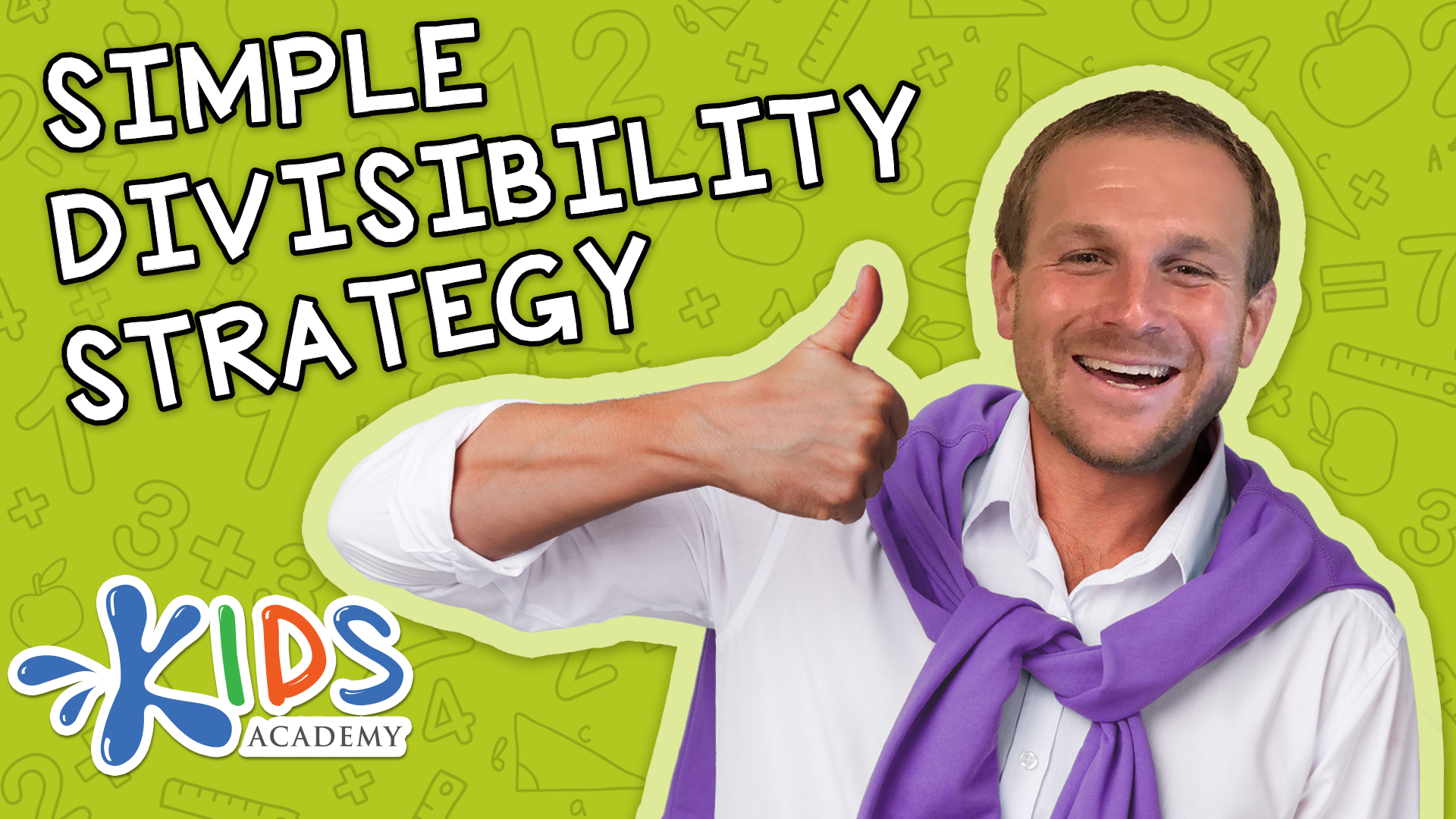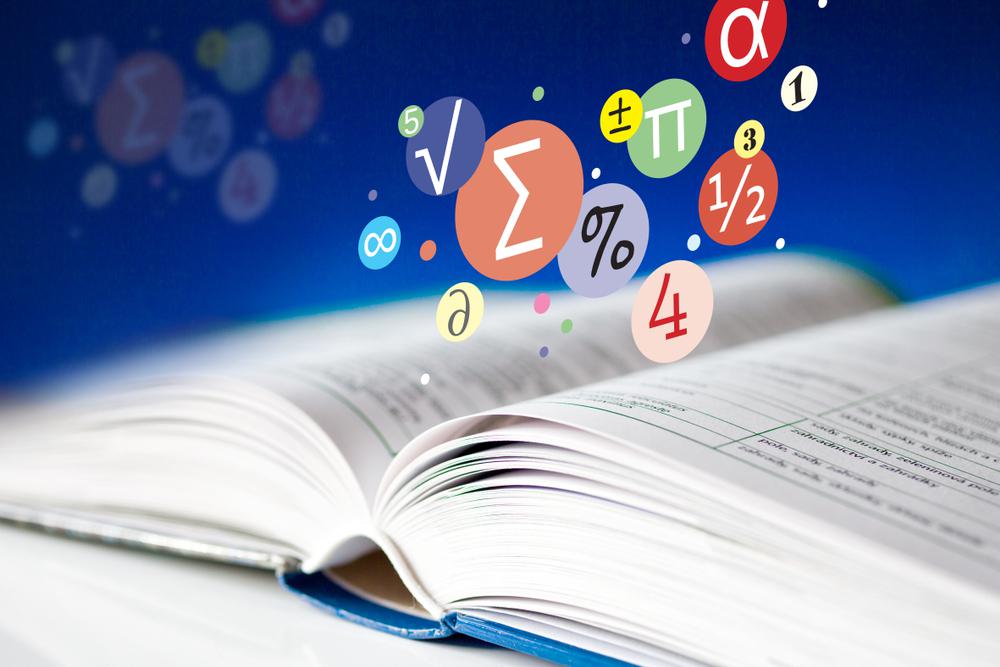Shape Recognition Numbers Worksheets for Ages 4-6
7 filtered results
-
From - To
Introduce your young learners to the enchanting world of numbers and shapes with our "Shape Recognition Numbers Worksheets for Ages 4-6." These meticulously designed activities help children recognize and distinguish between various shapes while integrating fundamental number skills. Perfect for classroom or at-home learning, each worksheet features fun illustrations and engaging tasks that sharpen fine motor skills and boost early math competencies. Encourage curiosity and creativity as kids explore patterns, shapes, and numbers through hands-on practice. Set a strong foundation for future academic success with these enriching, entertaining, and educational resources!
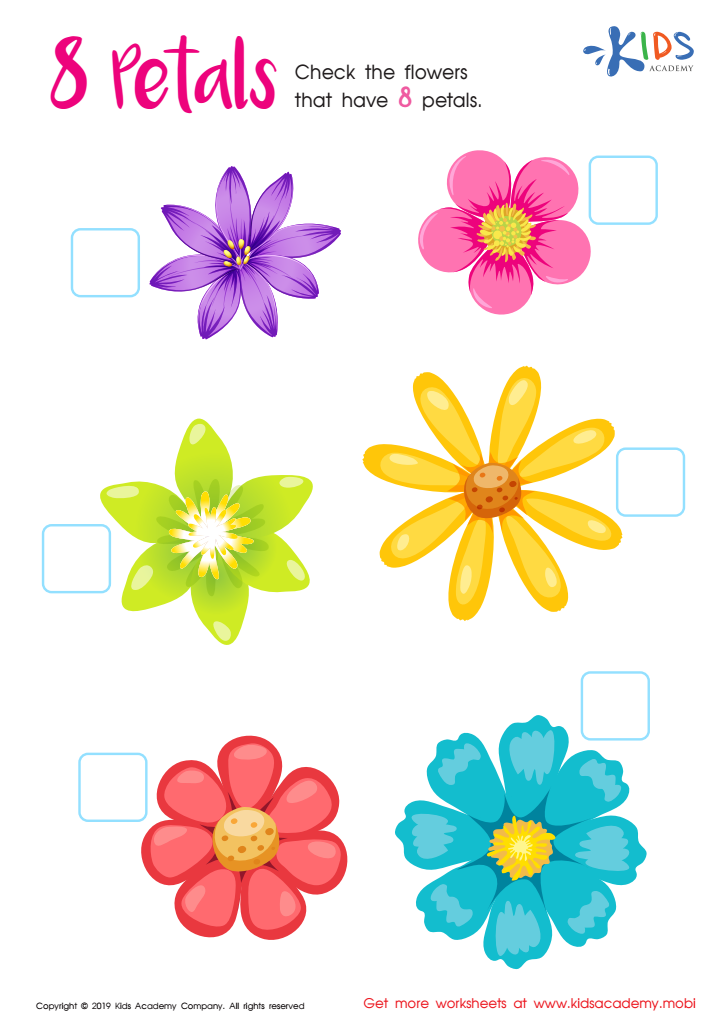

8 Petals Worksheet
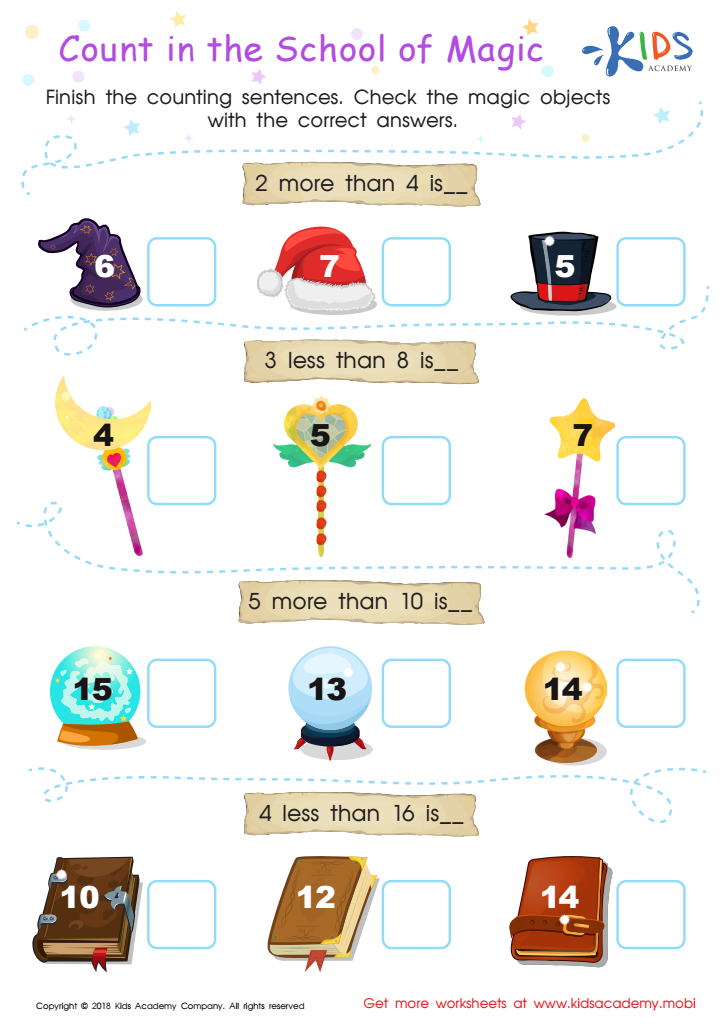

Count in the School of Magic Worksheet
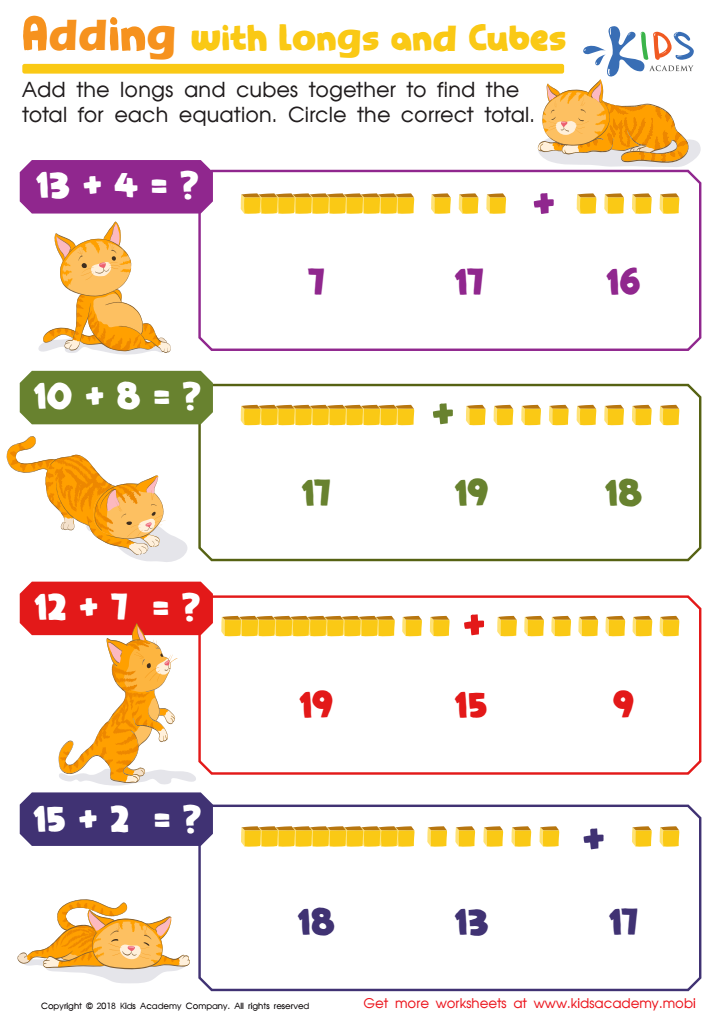

Adding With Longs and Cubes Worksheet
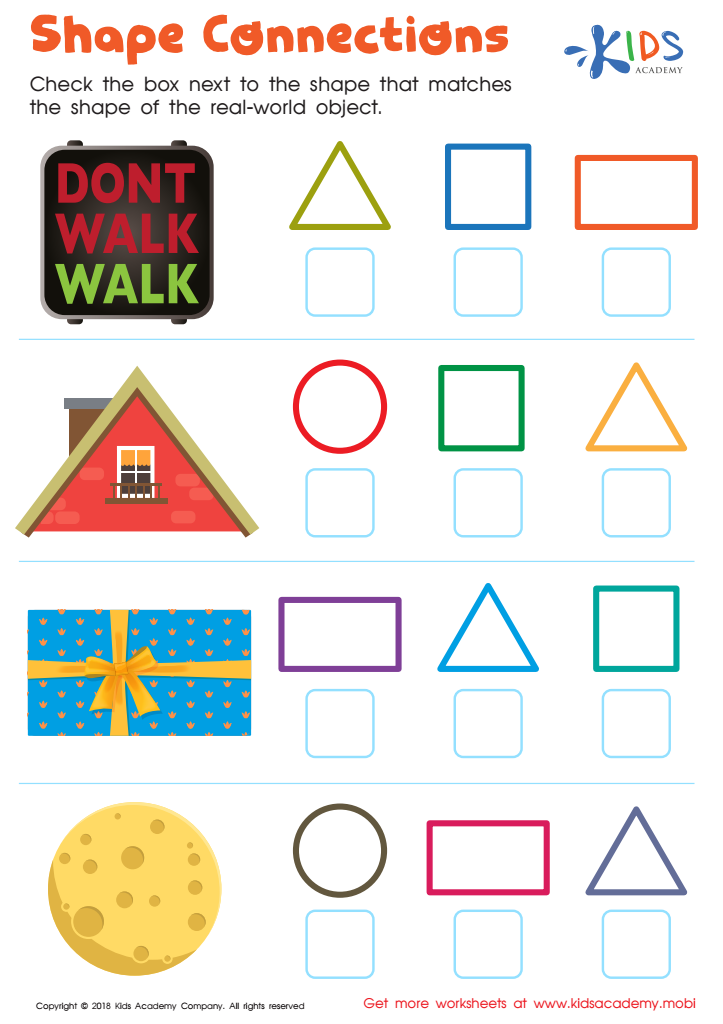

Shape Connections Worksheet
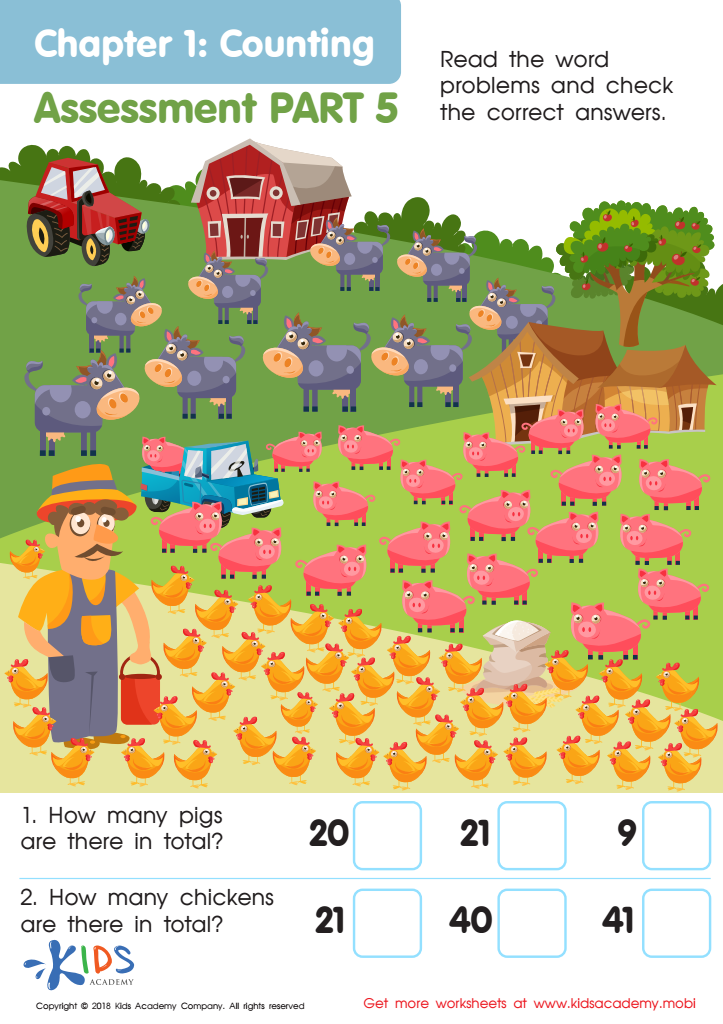

Counting: Assessment 5 Worksheet


Counting Shapes Worksheet
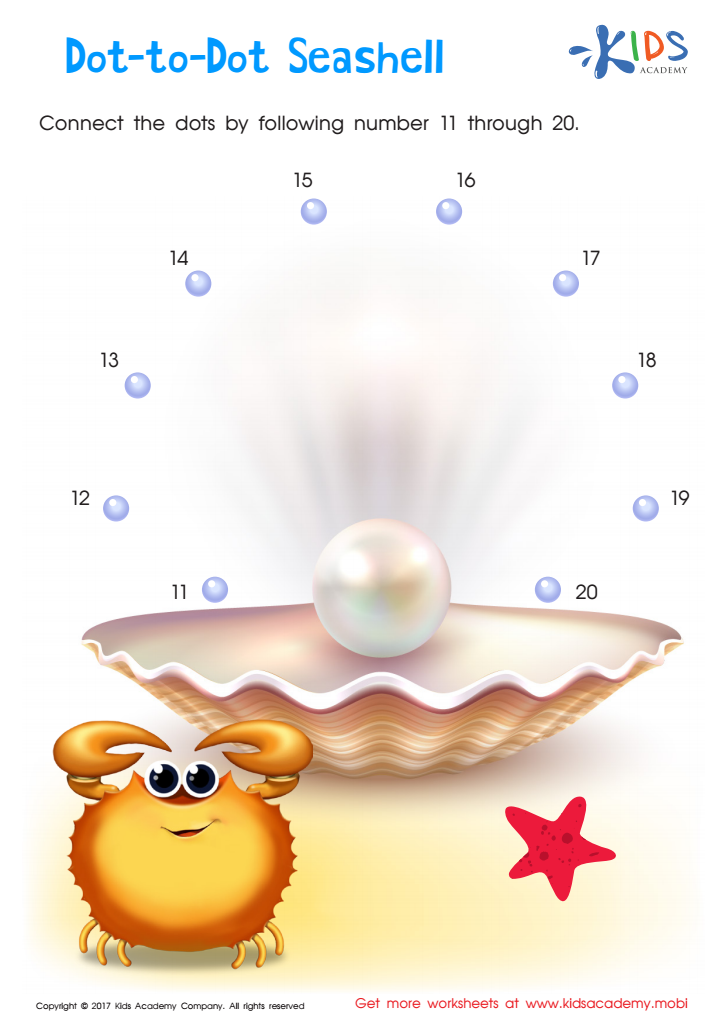

Ordering 11–20: Dot–to–dot Seashell Printable
Shape recognition and number recognition are fundamental developmental milestones for children aged 4-6, as they lay crucial foundations for later learning in mathematics and literacy. Firstly, understanding shapes helps young learners develop spatial awareness and geometric skills, which are essential for problem-solving and reasoning. When children recognize and differentiate between shapes, they enhance their ability to perceive the world around them and make sense of how objects relate to one another in space.
Number recognition is equally vital as it establishes the basis for all future mathematical concepts. Being able to identify numbers allows children to count objects, understand quantity, and eventually perform more complex arithmetic operations. It also plays a role in everyday activities such as telling time, measuring ingredients, and dealing with money.
Combining shape and number recognition through interactive activities and educational games fosters cognitive and fine motor skills, as children learn to identify, trace, and categorize. Moreover, these skills help in recognizing patterns, which is a core component of early literacy and cognitive flexibility.
Investing in developing these skills ensures that children have a smooth transition to more advanced topics in school, boosting their confidence and academic success. Therefore, parents and teachers should prioritize and encourage shape and number recognition in early learning environments to provide a strong educational foundation.
 Assign to My Students
Assign to My Students






